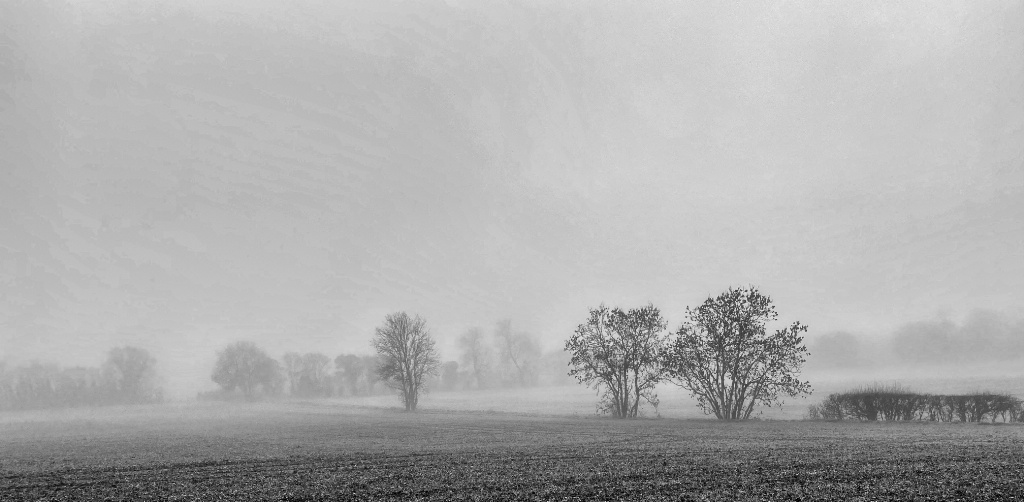The scene on our walk this morning.
Quote of the Day
“Now why did you name your baby ‘John’? Every Tom, Dick and Harry is named John.”
- Sam Goldwyn
Musical alternative to the morning’s radio news
Sibelius: Finlandia | BBC Proms 2017
I’ve always loved this. My two youngest children sang the choral part at their mother’s funeral in 2002. It was wonderfully poignant and moving.
Long Read of the Day
A Tale Of Two Pandemics – NOEMA
How two Scandanavian countries took different approaches to the pandemic.
Companies are now writing reports tailored for AI readers – and it should worry us
My column in this morning’s Observer:
My eye was caught by the title of a working paper published by the National Bureau for Economic Research (NBER): How to Talk When a Machine Is Listening: Corporate Disclosure in the the Age of AI. So I clicked and downloaded, as one does. And then started to read…
Grounds for optimism?
Since March, the news — and the medium-term outlook — has been persistently depressing. Rupert Beale’s piece in the London Review of Books is the first essay I’ve read that holds out rational grounds for hope.
The virus’s genetic code has been available since January. We knew precious little about the subtleties of coronaviruses, but we did already know that they rip their way into host cells using a protein complex known as Spike. Block Spike, with a vaccine that raises antibodies to it, and you block the virus. There are plenty of ways to do this. You might use a killed authentic Sars-CoV-2 virus; or a different, live but innocuous virus with Spike bolted on; or the Spike protein plus an adjuvant (something that promotes an aggressive immune response); or the messenger RNA that codes for a piece of Spike, so your own cells make the protein. Two vaccines of this last type have proven blessedly effective. The Pfizer/BioNTech and Moderna vaccines are about 95 per cent likely to prevent symptomatic infection. To put this in context, we are content if the annual and very well understood seasonal influenza vaccine is 60 per cent effective. The deputy chief medical officer, Jonathan Van-Tam, compared it to your team scoring two consecutive goals in a penalty shootout. Penalties are too prosaic; in footballing terms these are goals only Maradona could have scored. But even that falls short of conveying quite how remarkable it is to have created a vaccine, using hitherto unproven technology, that’s 95 per cent effective against a novel virus – in less than a year.
The good news doesn’t stop there…. Beale is a clinician scientist group leader at the Francis Crick Institute, The UK’s leading institute for the relevant science. So his assessment of the potential of the vaccines is worth playing attention to. His article is long and detailed. And here’s the payoff:
The end is in sight. Effectively deployed testing may be able to ameliorate social distancing until the vaccines arrive. We were woefully prepared for a coronavirus pandemic in March, but were another similar virus to emerge in 2022 we wouldn’t make the same mistakes. We should be wary of learning the wrong lessons, however. To have several highly effective vaccines for this horrible virus after less than a year is a quite astonishing achievement, among the greatest things that we – by which I mean both humanity in general and molecular biologists in particular – have ever accomplished. We’ve been skilful, but we have also been lucky. A Sars-CoV-2 vaccine turns out to be relatively easy to develop. The virus that causes the next pandemic may not be so forgiving.
Other, hopefully interesting, Links
-
24 high-quality Covid illustrations. Free for commercial and personal use. Link
-
How and when will life go back to normal? Answer from epidemiologists. Link
-
Faraday Cages for Wi-Fi Routers are the latest 5G conspiracy racket. Why do people believe pseudo-scientific nonsense? Link
This blog is also available as a daily email. If you think this might suit you better, why not subscribe? One email a day, delivered to your inbox at 7am UK time. It’s free, and there’s a one-click unsubscribe if your decide that your inbox is full enough already!

